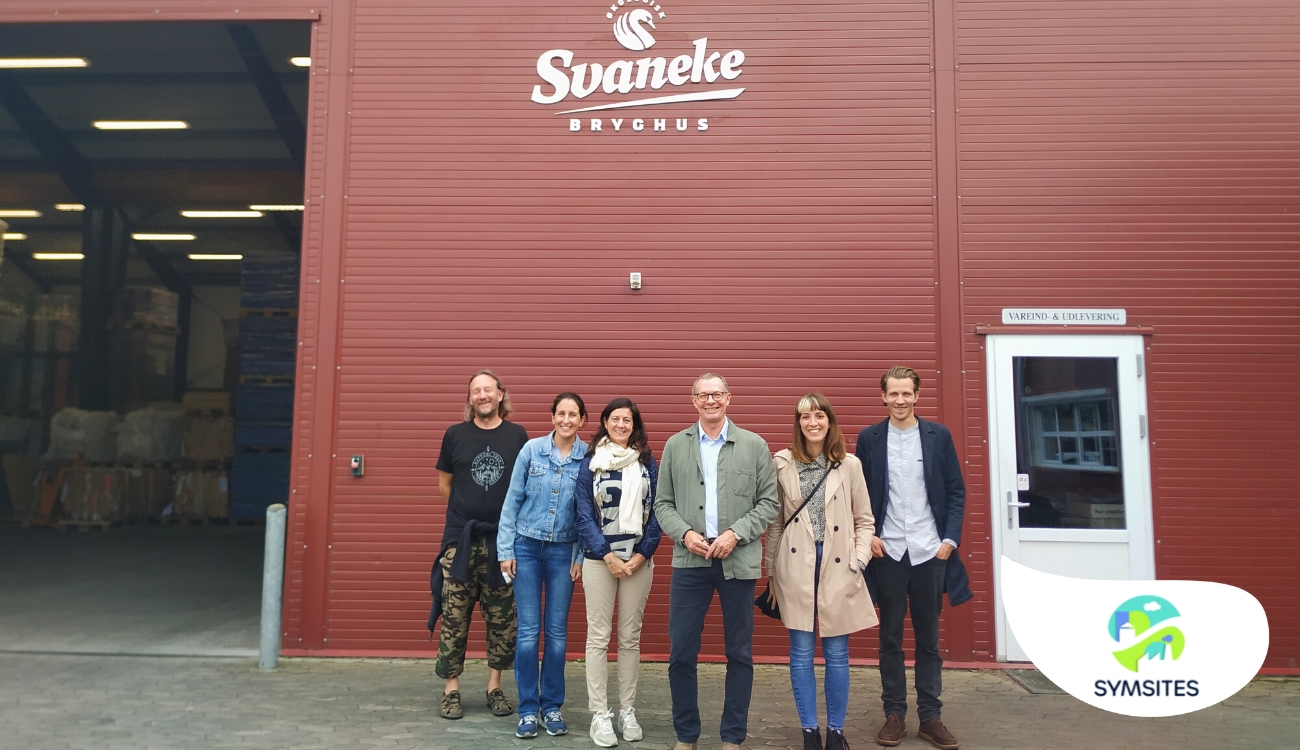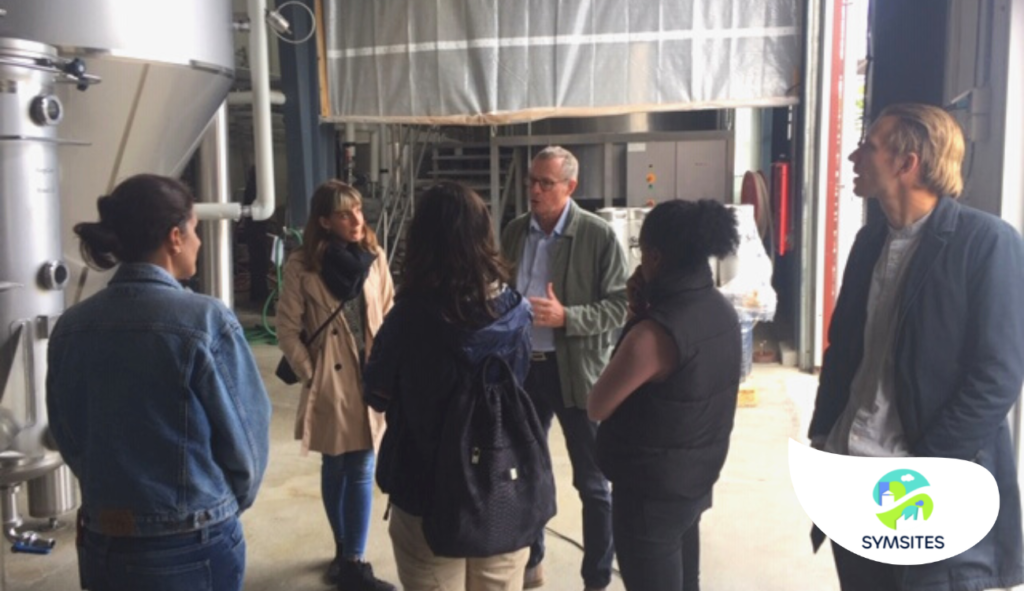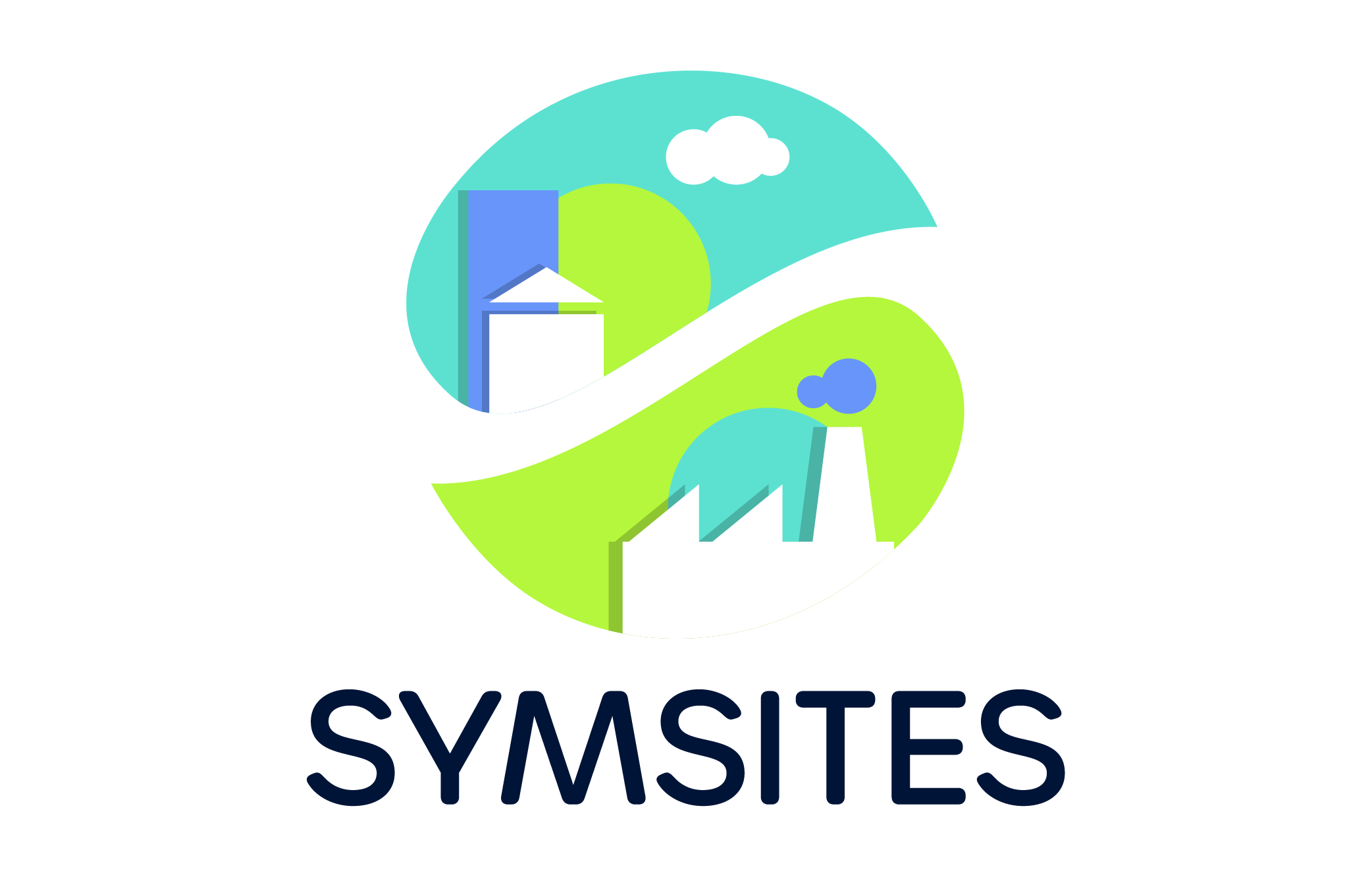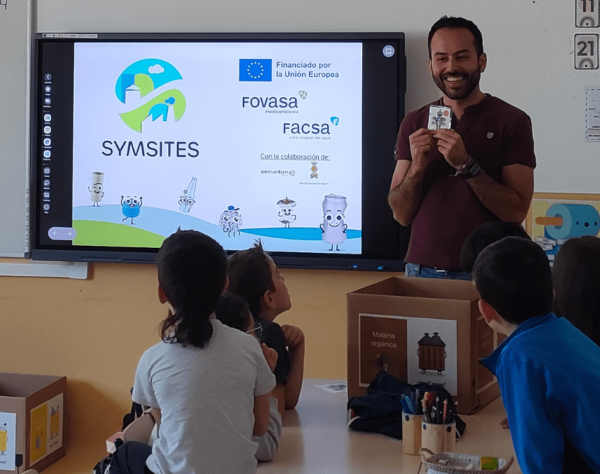
Involving citizens: Urban Strategies that allow Industrial-Urban Symbiosis
How can citizens concretely contribute to the process of Industrial-Urban Symbiosis? For SYMSITES citizens are important players in the win-win approaches deriving from I-US. The Danish EcoSite in Svaneke offers a good example of this collaborative outlook, that involves citizens in urban strategies that allow Industrial-Urban Symbiosis.
A bottom-up approach to Industrial-Urban Symbiosis: the example of the Danish town of Svaneke
The EcoSites are the core element of our project and the place where many of the project’s tests, progresses and successes happen. As we have already pointed out many times, each of the 4 EcoSites managed by the project will work on a specific fraction of solid waste, depending on the characteristics of the country and industries involved.
Today, we take into account the Danish EcoSite, where the different actors involved in the creation and maintenance of this innovative experiment will focus on waste materials coming from the brewery industries and local agriculture and where citizens are considered a great asset to carry out the project’s activities.
Svaneke: a unique city at the very East of Denmark
The Danish Ecosite is located in the town of Svaneke, on the island of Bornholm, a little way out in the Baltic Sea. Floating among the Polish and the Swedish coasts, it is the easternmost city of Denmark and a very unique place, preserving its natural and architectural beauty throughout the years.
The fact of being on an island makes this city ideal for being a test for new projects that can later be scaled up and used in larger perspectives – in Denmark as well as in the rest of Europe.
Svaneke is an old idyllic market town with approximately 1000 inhabitants. In the summer, the town is full of tourists from all over Europe enjoying their time at the local restaurants and tourist attractions – but also increasing the waste production!
Beside this, Svaneke hosts two important businesses: a farm called Frennegård and Svaneke Bryghus, which is a brewery. These businesses constitute the two private companies, partners of SYMSITES, that will concretely allow the creation and testing of the Danish EcoSite. Indeed, the fraction of waste they will work on derives from brewery and local agricoltural production processes.
These two businesses are deeply integrated in the social composition and they are aware of the importance of moving ahead with citizens.

Close to the citizens: the case of Svaneke in the promotion of urban strategies for I-US
Svaneke is a city with a strong local profile and it can count on committed citizens who care for their city and who want to contribute to the green transition. If it is true that Denmark is a leading country in advanced environmental policies, it is also true that islands often have specific challenges to face, especially in terms of waste management.
In Svaneke, the co-design phase of the project will involve citizens as the main actors where they will start to create synergies and symbiosis.
Coherently with the core principles of SYMSITES, these first steps aim at supporting dialogue between citizens and industries, taking into account their needs, worries and expectations but also making them aware of the innovations that SYMSITES will bring to the territory and to everyone’s lives. Involving the citizens and the local community in the design phase will contribute to a sense of ownership, which makes anchoring the project easier in the end.
Being a small community will contribute to enhancing cooperation and values sharing – but this does not mean that scaling up successful results would not be possible!
How will this process work in practice?
First, companies and citizens must gather for a co-design workshop where all suggestions and ideas are taken in, modeled and later shaped. In Svaneke, the symbiosis processes will create biogas from the local community’s biowaste, which can be used to brew beer at the brewery and water for irrigation at the farm for vegetables. It is of uttermost importance that the whole community understands these processes, in order to become successful cases and be exploited by SYMSITES.
When the first symbiosis is created between the local community, the brewery and the farmer, the new design phase starts where other possible symbiosis and synergies can be found in Svaneke and create a greener and more sustainable city where local resources are used locally.
One man’s trash may be another man’s treasure!





